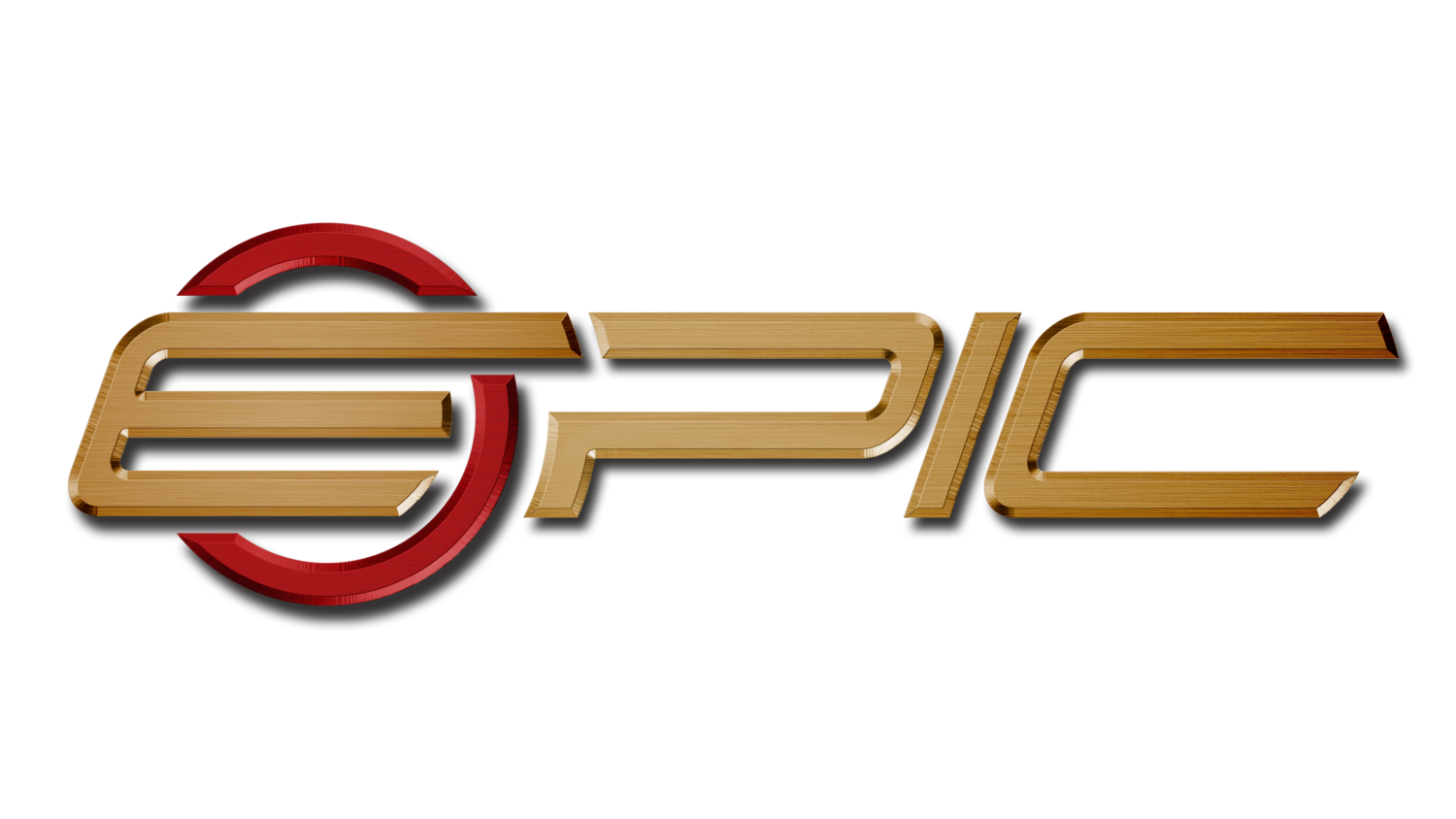Two Important Keys to Strength Gains and Muscle Size!
by Coach Brandon
Whether your focus is to shift weight and lose body fat, increase muscle size, or an athlete training for a specific outcome, prioritising strength and getting stronger should be your number 1 goal.
But how do we get stronger and bigger?
Let’s look in depth at two key factors not, in my opinion, not spoken about enough.
Number 1
Intra Muscular Tension
Intra Muscular tensions refers to the amount of force/effort produced during a lift or during a movement. We know that Force = mass x acceleration, so from this we are able to see that the amount of intramuscular tension is directly related to the weight (mass of the load), and the speed (acceleration) of movement/lift performed.
Why is intramuscular tension important? The higher the tension produced within the muscle will result in an increase in stimulated hypertrophy. Higher IT is also responsible for an increase in the rate of amino acid uptake and protein degradation.
Please note I am not talking about or referring to the “burn” feeling most people aim for when training. It is believed that a slow concentric part of the movement will increase intramuscular tension. In the concentric phase of a movement, lifting with greater acceleration or intent to move it faster, will always increase intramuscular tension. Opposite to that, eccentrically, the less acceleration to the movement will increase tension.
Difference is to lift a load faster you must produce more force, to lower the load faster requires you NOT to exert more. A greater force output is then required to lower the bar down with more control/slower.
Number 2
Total Time Under Tension
Before I go any further I want to stress that when I refer to TUT, I do not mean time of each set but rather the total number of sets and exercisers performed. TUT will be more influential to building mass if greater volume (more sets and reps) are performed, instead of timing each set. This demonstrates for us why you must do more sets when training with heavier weight and less reps. In order to maximise results/gains, more sets must be added to increase TUT. Greater volume of work will create more stimulated hypertrophy, as long as the stimulation doesn’t exceed the capacity for the client/athlete to recover.
When Charles Poliquin and Ian King supported this concept it took the bodybuilding world by storm. It was loved by all lifters but for the wrong reason. When timing the eccentric, concentric and pauses they found that the slower more control reps caused pain/hurt. Pain or hurt or the “burn” is sometimes an unavoidable outcome of training, it should never be the goal of the session, nor should it be used as a tool to assess the success of the session.
From this we are able to deduct that….
If tension is too low during an exercise, even if high volume is performed, it will not lead to much in the way of muscle size or strength gains…
If volume is too low but tension is high, it will not lead to much in the way of muscle size or strength gains…
Ideally you want to maximise tension, and increase the speed/acceleration of the lift while lowering slowly…
If you can only perform 1-5 reps with a certain load, more sets should be completed to ensure a strong growth stimulus is made…
